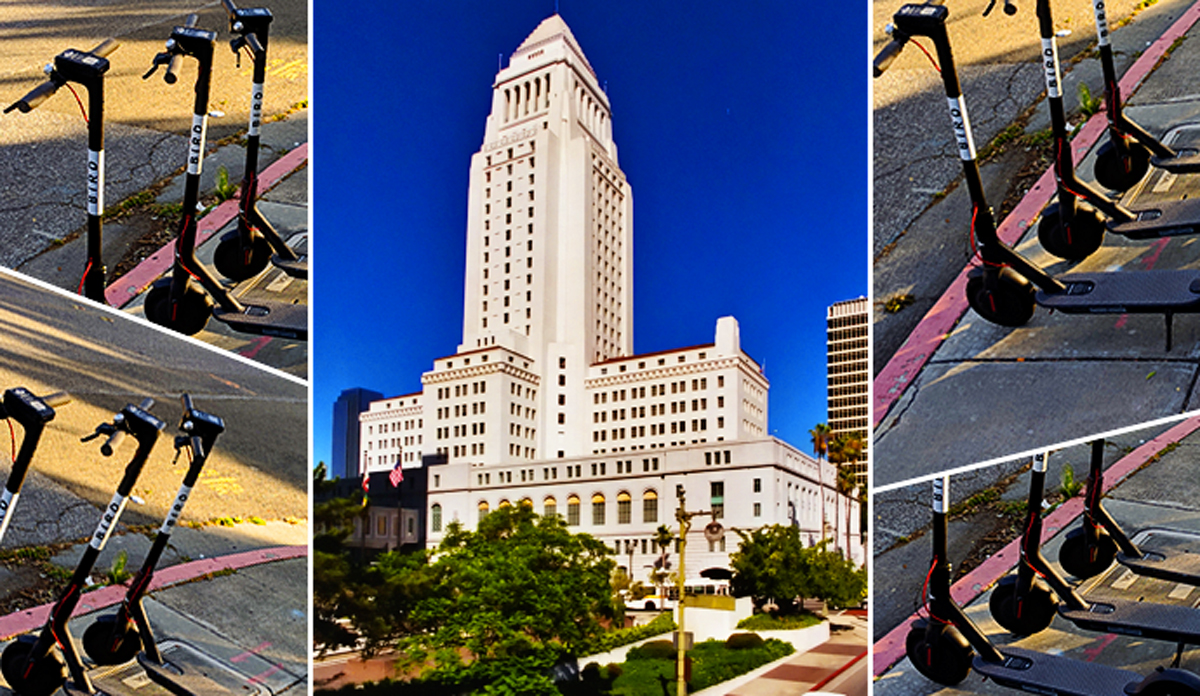Trending
City Council signs off on one-year pilot program for e-scooters
The decision follows new rules set by Santa Monica officials

The Los Angeles City Council approved a pilot program for dockless scooters, further establishing the presence of startups like Bird and Lime in Southern California.
The new set of regulations, which the council approved on Tuesday, will allow each company to launch 3,000 electric scooters and bikes, the Los Angeles Business Journal reported. They’ll also have the opportunity to launch another 2,500 in low-income neighborhoods, and up to 5,000 more in pockets of the San Fernando Valley.
That amounts to a maximum of 10,500 vehicles per company, a drastic upgrade from when the City Council was considering a proposed citywide ban last month.
While the final policies are being finalized, council members will have the flexibility to further regulate the companies. For example, in some areas, companies might “geofence” parts of the city, essentially blocking riders from activating the scooters there, Curbed reported.
Annual permits will cost $20,000 per company. They’ll also have to pay a $130 fee per vehicle.
For some companies who’ve promised to fund public programs, such as Bird, it will cost even more to operate.
As part of the new rules, scooters and bikes will be capped at a 15 miles-per-hour speed limit. Companies will also have to establish a 24-hour hotline for people to report the vehicles.
Last week, Santa Monica outlined its own set of regulations to handle the scooter phenomenon, which has impacted Westside cities the most. City officials there approved Bird, Lime, Lyft and Uber to operate up to 750 vehicles each.
The approvals are a relief for the tech startups, which have been expanding in Silicon Beach. Last month, Bird signed a lease for 57,000 square feet at the Colorado Center. Sources close to the deal say the lease was a short to medium-term solution as the company seeks to expand further. [LABJ] — Natalie Hoberman




